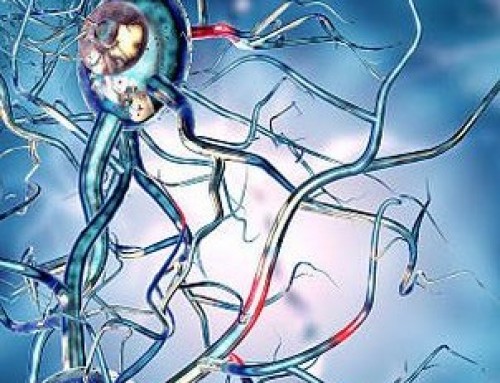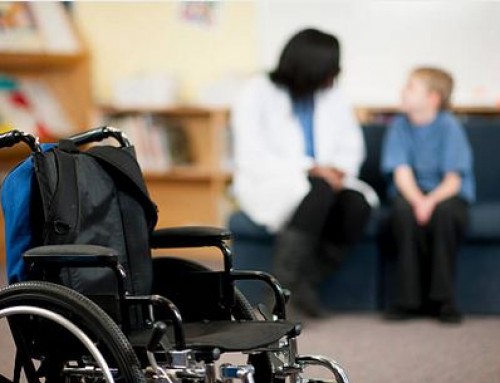 The FDA approved the launch of clinical trial in 2012 designed to use stem cells in the treatment of autism. This study was to be lead under the direction and supervision of Dr. Michael Chez. The preliminary results of that multi-year study were recently released with some interesting prospects for hope.
The FDA approved the launch of clinical trial in 2012 designed to use stem cells in the treatment of autism. This study was to be lead under the direction and supervision of Dr. Michael Chez. The preliminary results of that multi-year study were recently released with some interesting prospects for hope.
Dr. Chez works as a pediatric neurologist for the Sutter Institute for Medical Research and the Sutter Neuroscience Institute in California. Chez started pursuing a theory prior to 2012 that children on the autistic spectrum with no ‘obvious genetic link’ may benefit from a cord blood transplant.
Challenges With the Autistic Spectrum Disorder
Autism is a disorder that has seen dramatic rise in recent years. As many as 1 in 88 children are born with autism with a disproportionate number of those children being boys. The disorder impacts how the brain develops and can impact key features of learning and behavior.
Children and adults with autism may experience varying degrees of difficulty in communication and social adaptation. More severe cases can be downright debilitating.
Dr. Chez explained in 2012 how he foresaw the benefit of treatment.
“We want to see if there is any benefit to giving them an infusion to redirect the nervous system cells, which may have programmed themselves due to a secondary factor.” – Dr. Michael Chez
Dr. Chez’s Cord Blood Treatment for Autism Study
The research team identified 30 children that would receive a transfusion of their own banked cord blood. It’s important to point out that a child’s own cord blood was a critical component of this study to rule out any variability in the study and other potential factors that would influence the outcome. Future studies may evaluate the effectiveness of using the banked cord blood from siblings.
Children were screened to validate to the extent possible that their autism was not the result of some factor such as stroke, head injury, or premature birth).
All 30 children received a transfusion of their own cord blood – blood that is loaded with the body’s building block stem cells. The only variability was with respect to timing.
What Were the Results?
Dr. Chez participated in an interview with Securacell partner, Save the Cord Foundation where he discussed the outcomes from his research. The findings were very interesting!
Dr. Chez explained how his study runs parallel to the long-standing work that has been done by an industry pioneers at Duke University, Joanne Kurtzberg MD and Geraldine Dawson PhD.
The study used the Vineland Social Scale as a mechanism to measure progress and effectiveness of treatments. Dr. Chez explained that patients demonstrated a statistically valid improvement as soon as 12-weeks following treatment. That improvement was measured in comparison to individuals that received a placebo.
The doctor also explained that this treatment also reinforced that it is safe to reinfuse a child’s cord blood.
Next Steps
While this study does not mean a wide spread treatment is going to happen right away; however, it does demonstrate that further research needs to be conducted with a larger population.
You can see the interview between Charis Ober from Save the Cord Foundation and Dr. Michael Chez below.





